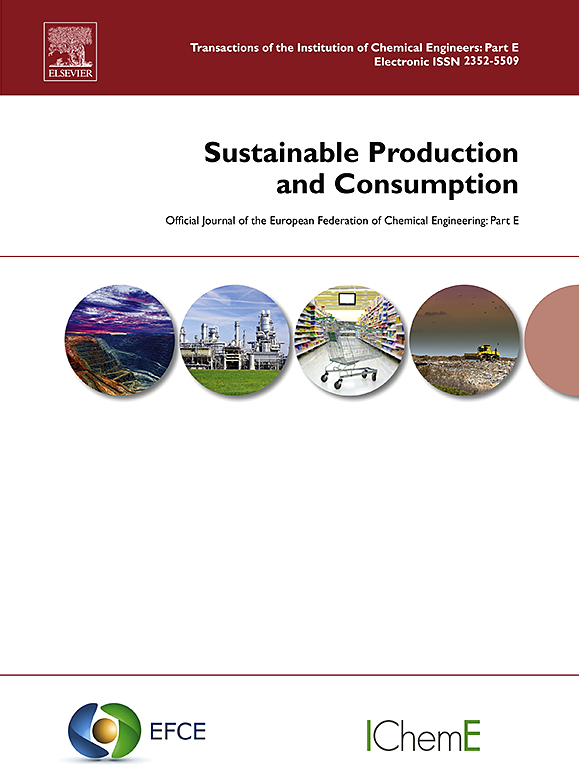China's climate change mitigation and adaptation strategies for decreasing environmental impacts in the agricultural sector
IF 10.9
1区 环境科学与生态学
Q1 ENVIRONMENTAL STUDIES
引用次数: 0
Abstract
While the agricultural sector plays a profound role in food provisioning, achieving sustainability poses formidable challenges worldwide. In this context, this study projects the environmental impacts of China's agricultural sector in the years 2030 and 2050 in line with the framework of shared socioeconomic pathways (SSPs) in comparison to the base period from 1994 to 2019. Accordingly, a spatiotemporal assessment was undertaken by employing the Life Cycle Assessment (LCA) method in seven geographical regions across China. In the base period, China's agricultural sector experienced increasing environmental impacts, between ∼10 % to ∼30 % from 1994 to 2014, while it decreased by ∼8 % from 2014 to 2019. On average, 33 % of the total environmental challenges impacted the eastern region of China. The projections also indicate that the transition towards sustainability (SSP1) could reduce environmental impacts by ∼52 % in 2030 and by ∼76 % in 2050, in comparison to 2019. Conversely, adopting regional rivalry strategies (SSP3) can result in a ∼ 3 % increase in environmental impacts in 2030 and a ∼ 30 % decrease in 2050 compared to 2019. The findings underscore the decisive role of agricultural management policies in controlling environmental impacts and facilitating the decarbonization of the Chinese agricultural sector.
求助全文
约1分钟内获得全文
求助全文
来源期刊

Sustainable Production and Consumption
Environmental Science-Environmental Engineering
CiteScore
17.40
自引率
7.40%
发文量
389
审稿时长
13 days
期刊介绍:
Sustainable production and consumption refers to the production and utilization of goods and services in a way that benefits society, is economically viable, and has minimal environmental impact throughout its entire lifespan. Our journal is dedicated to publishing top-notch interdisciplinary research and practical studies in this emerging field. We take a distinctive approach by examining the interplay between technology, consumption patterns, and policy to identify sustainable solutions for both production and consumption systems.
 求助内容:
求助内容: 应助结果提醒方式:
应助结果提醒方式:


